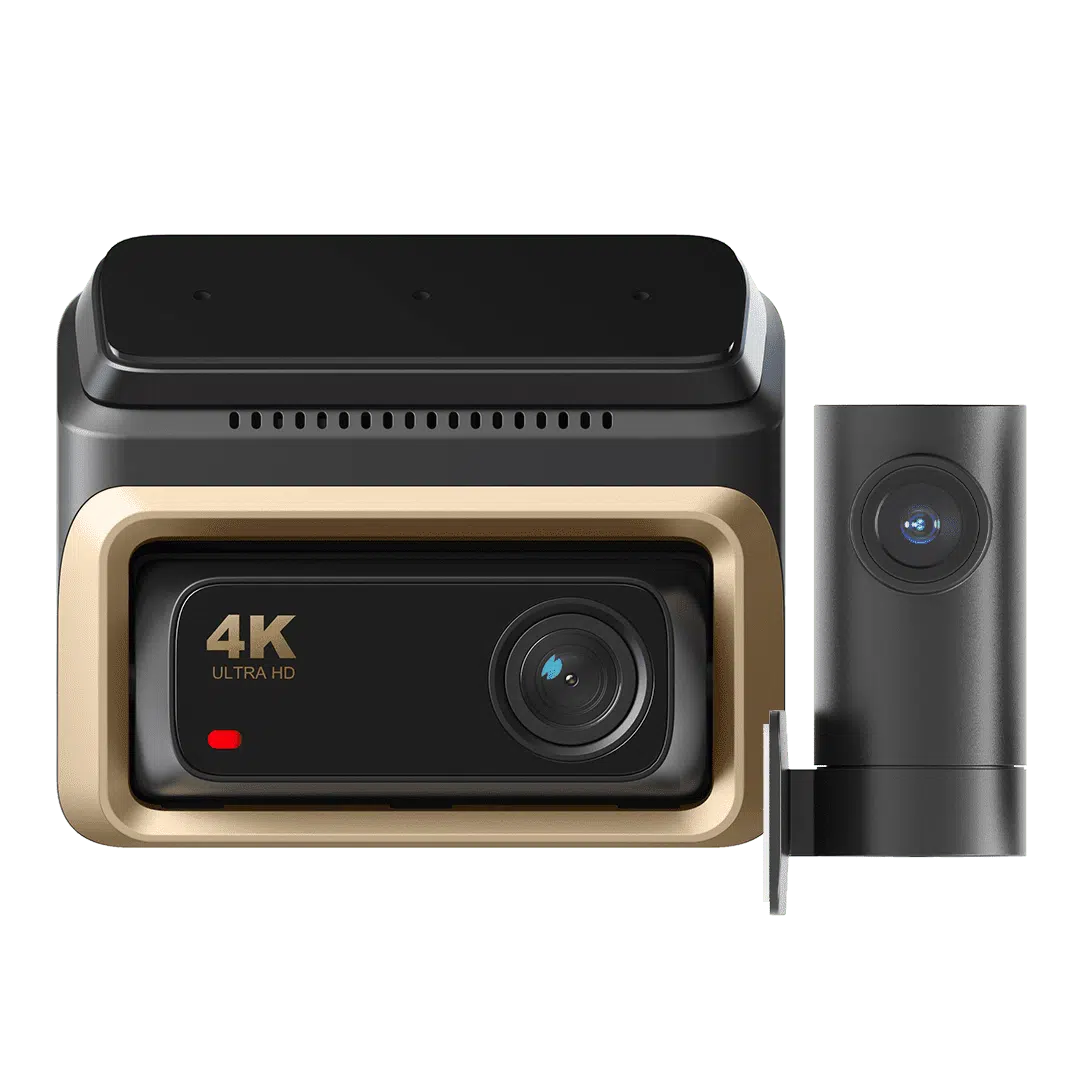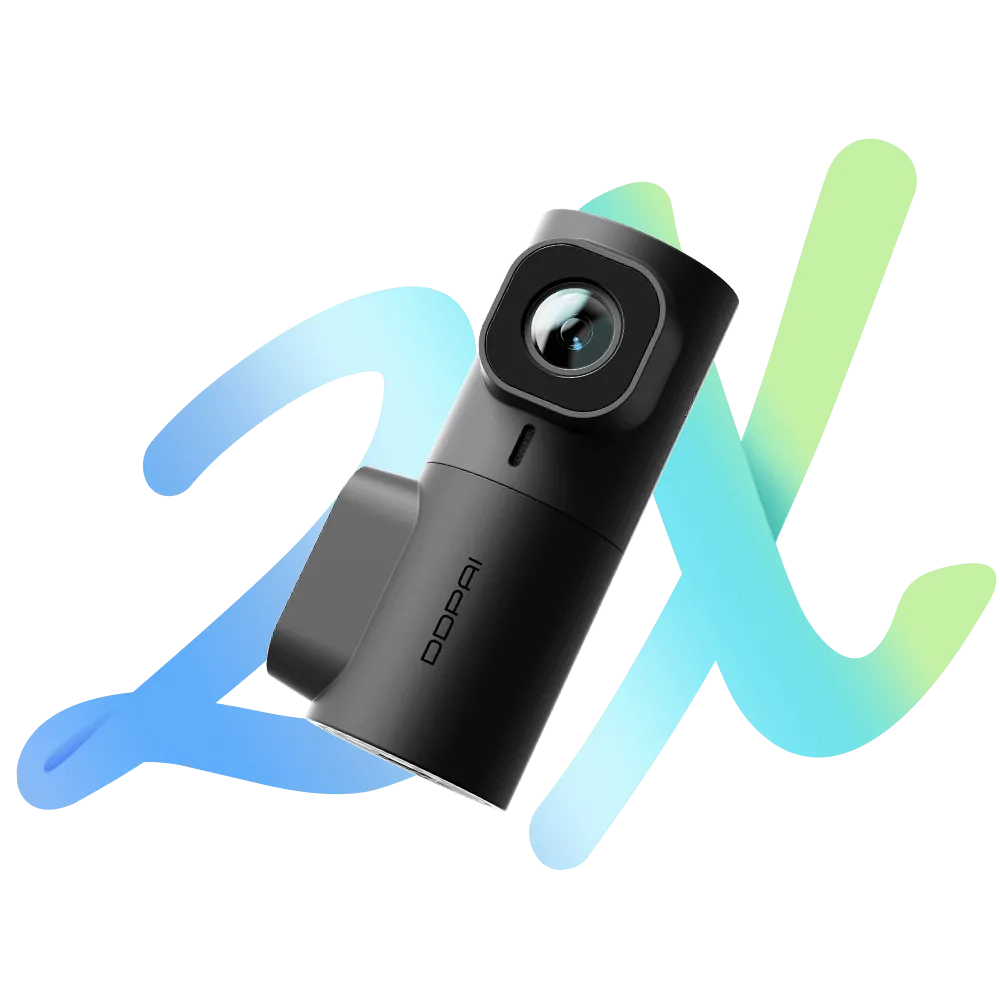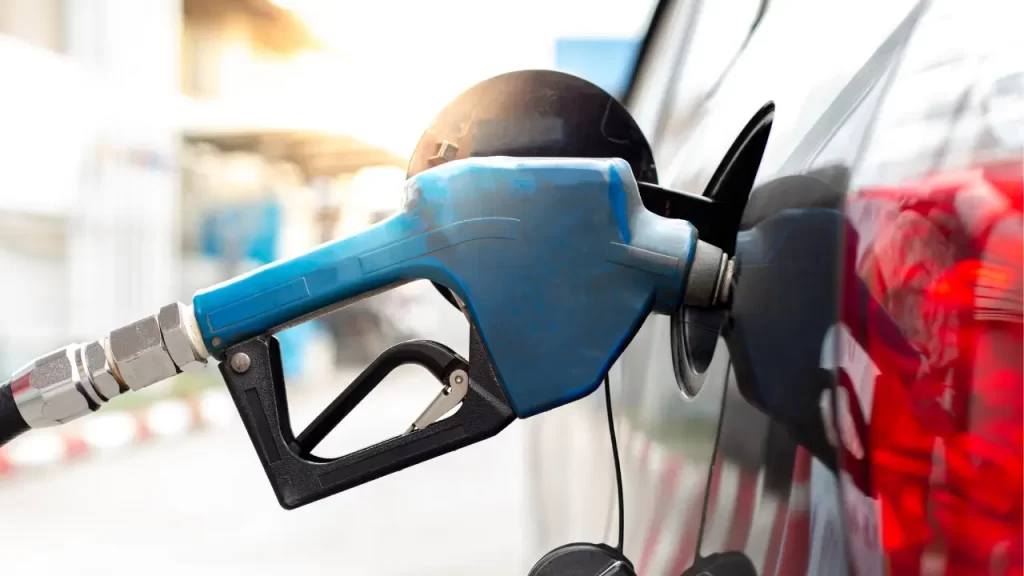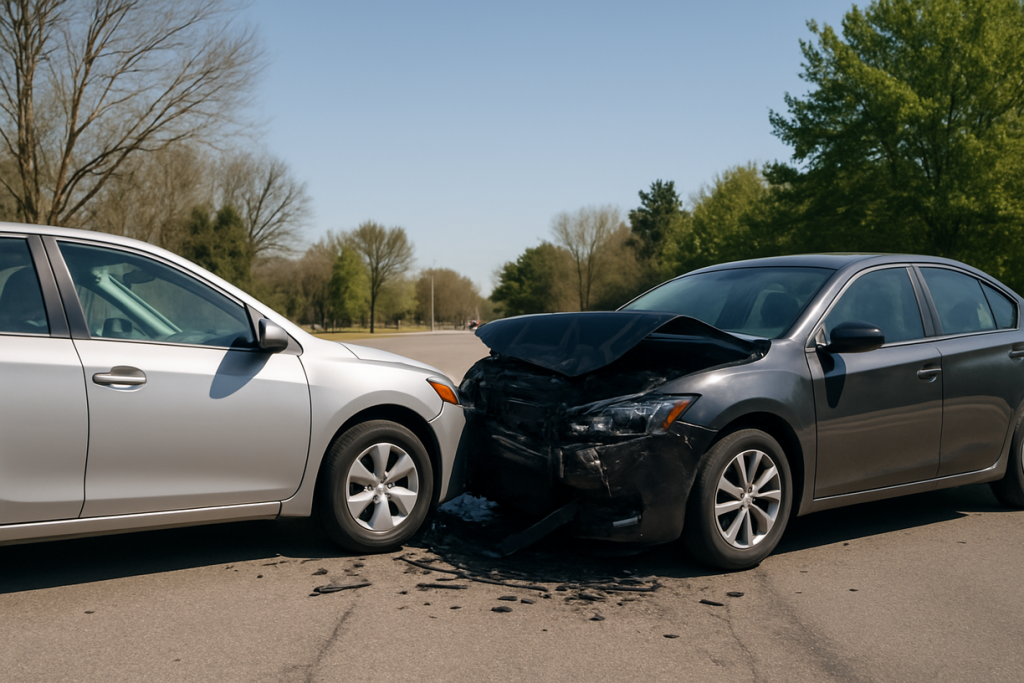A 3-channel dash cam is a triple-camera setup that records footage from the front, rear, and inside of a vehicle simultaneously. Unlike single-channel or dual-channel dash cams, this setup offers full coverage, making it an ideal choice for drivers who need all-road protection on the road.
A 3-way dash cam setup ensures better safety, accountability, and peace of mind. In this guide, we’ll explore how 3-channel dash cams work, their benefits, key features to consider, and how DDPAI’s advanced technology takes them to the next level.
Best 3-Channel Dash Cams from DDPAI
How Does a 3-Channel Dash Cam Work?
A 3-channel dash cam operates by recording from three different perspectives: front, rear, and cabin. Each camera works simultaneously to capture a comprehensive view of the surroundings, ensuring full coverage for enhanced security.
The front camera records the road ahead, documenting accidents, traffic conditions, and potential hazards. The rear camera monitors vehicles behind, capturing crucial evidence in case of rear-end collisions. The interior camera records inside the vehicle, usually installed by rideshare drivers, taxi operators, and fleet vehicles to ensure passenger and driver safety.
Camera Angles & Placement
- Front Camera: Usually mounted on the windshield behind the rearview mirror in order to capture a wide-angle view of the road ahead.
- Rear Camera: Installed on the back windshield (or on the trunk lid for weather-proof models), providing footage of vehicles approaching from behind.
- Cabin Camera: Positioned inside the vehicle, typically next to the front camera (or on the other side of the central rear mirror), capturing the driver, passengers, and interior activities.
With these three perspectives, a 3-channel dash cam ensures 360-degree protection, reducing blind spots and providing valuable evidence in case of disputes, accidents, or unexpected incidents.
Best 3-Channel Dash Cams from DDPAI
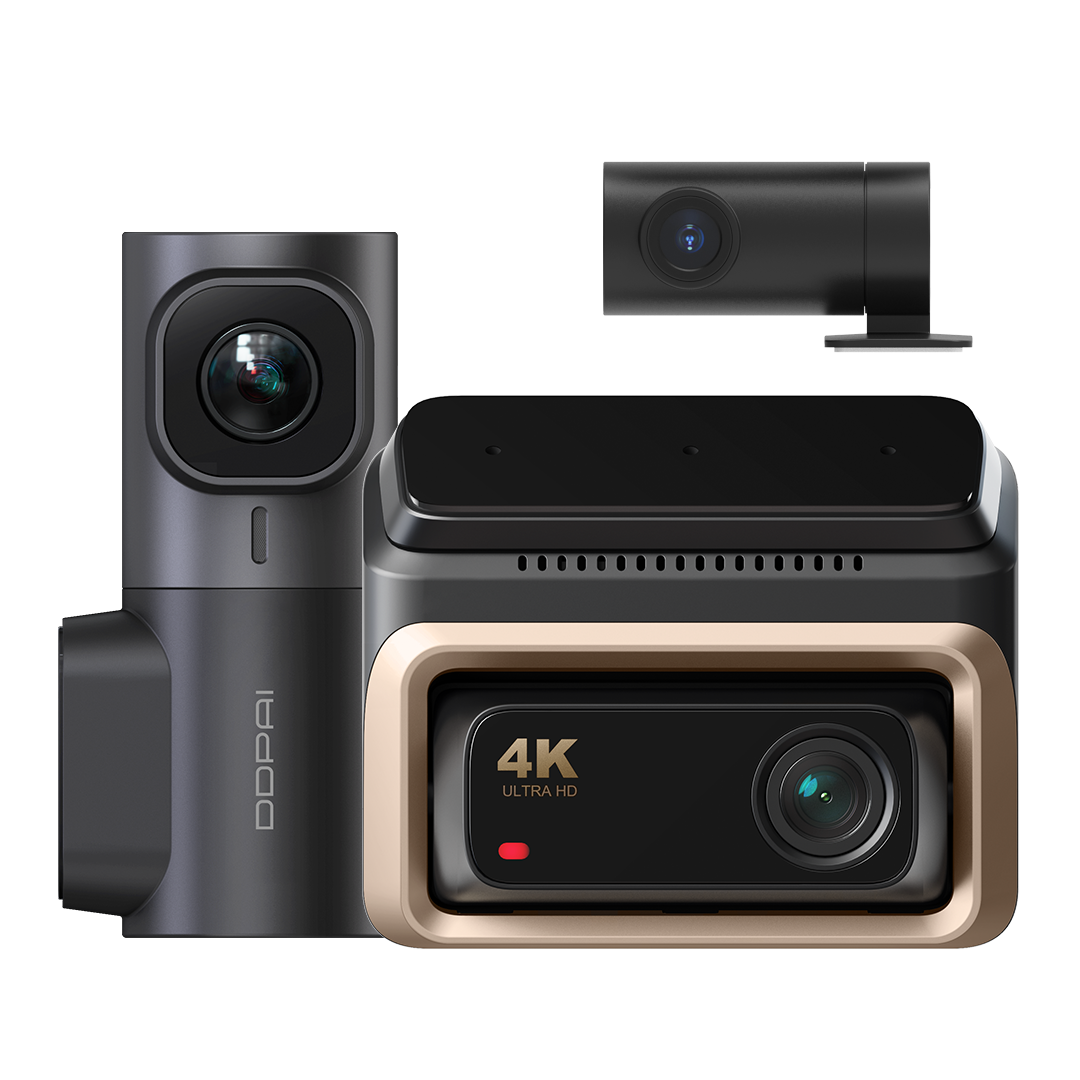
Flagship 4K 3-channel Dashcam
Z60 Pro
5.0
- 4K + 1080P Recording
- Front + Rear Cameras
- 4G Connectivity
- WiFi-6 Ultra Fast Connection
- Upgraded 3” IPS Screen
- Equipped With ASDS
- GPS Tracking Log
- Loaded with Supercapacitor
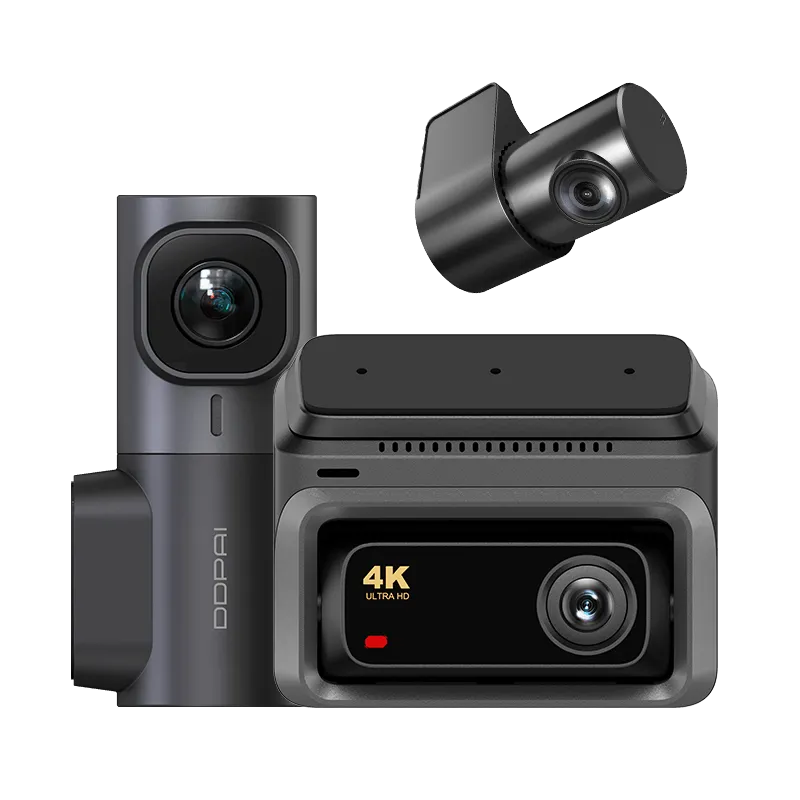
Best 3-channel Dashcam with 4G
Z60
5.0
- 4K + 1080P Recording
- 3-Channel Expendable With πLink
- GPS Tracking Log
- Realcube + NightVIS for Better Image Quality
- Loaded with Supercapacitor
- D2save Storage Technology
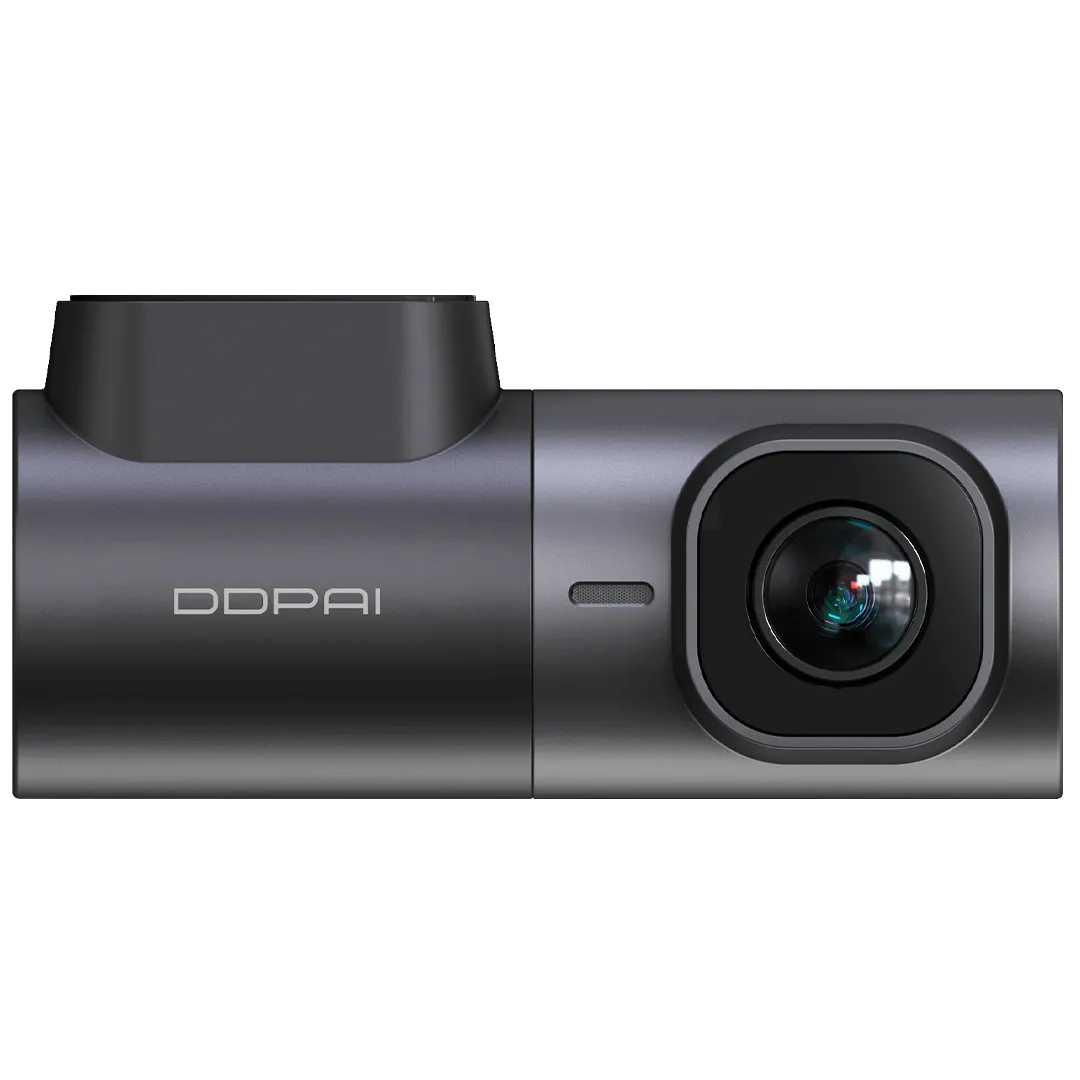
Simple 3-channel Extension
MINI 2X
5.0
- 4K + 1080P Recording
- Front + Rear Cameras
- Loaded with Supercapacitor
- Built-in GPS Log
- Optional Radar Detection Add-on
Why Consider DDPAI’s 3-Channel Dash Cams?
Predictably, a 3-way camera setup should have a lot of cables and plugs. Or is it?
If you want to install a 3-channel dash cam setup in your car and are tired of cable management, DDPAI has the perfect solution for you. We use our self-developed πLink technology to take the multi-angle dash cam system to the next level by offering a seamless, wireless, and expandable setup like never before.
Unlike traditional multi-camera dash cam systems that require complex wiring, the πLink system ensures effortless installation and reliable connectivity between cameras.
Effortless Setup with Wireless Linkage
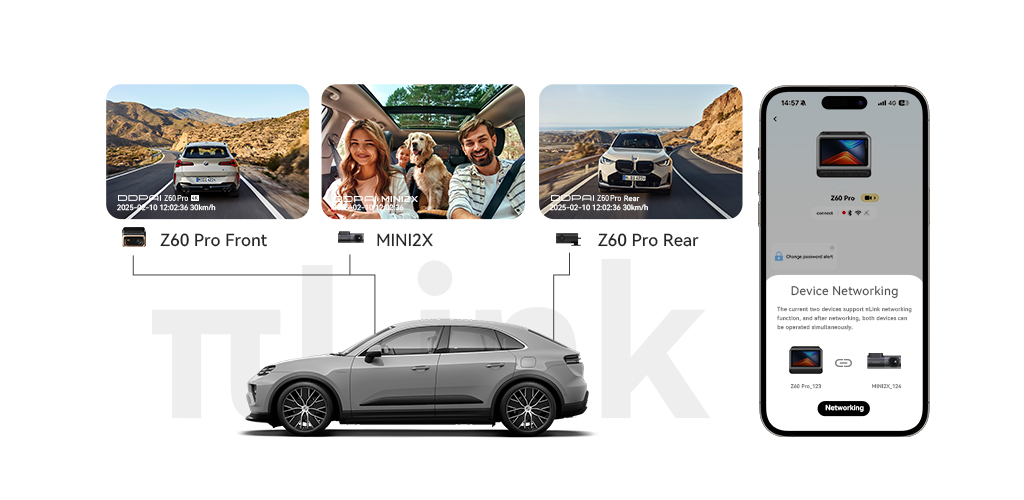
With πLink, setting up a 3-way dash cam is easier than ever. There is no need to run multiple cables across the vehicle, πLink allows cameras to connect wirelessly, requiring only a single power source via a USB port or the cigarette lighter. This reduces clutter, simplifies installation, and makes upgrading to a 3-channel system hassle-free.
Easy Camera Management
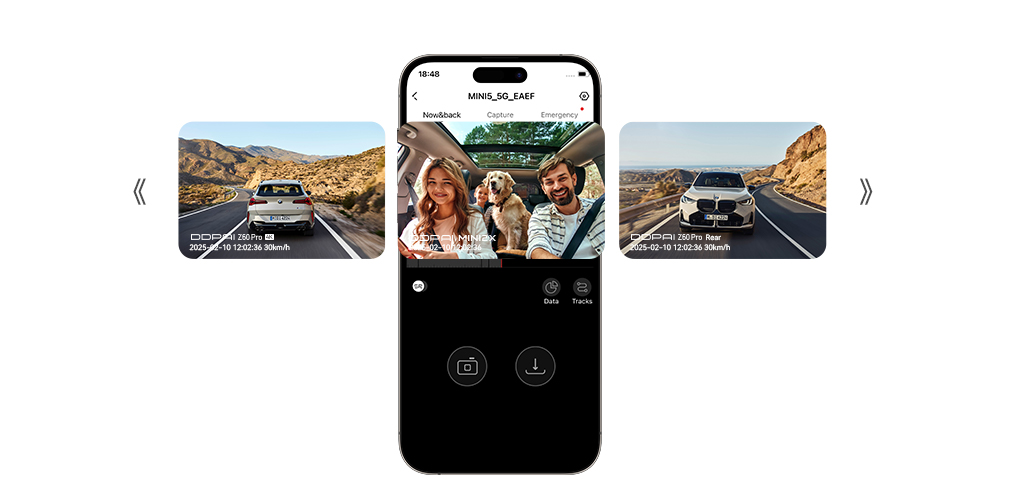
πLink simplifies the user experience by allowing all connected cameras to be controlled from one interface. Users can adjust settings, review footage from all angles, and manage recordings either through DDPAI’s mobile app or the main dash cam screen, eliminating the need to configure each camera separately.
Expandable & Compatible for Future Upgrades
πLink is designed for flexibility and future-proof. Instead of fixed multi-camera setups, DDPAI’s system lets users mix and match different DDPAI dash cam models to expand their recording coverage. Whether you start with a dual dash cam and later upgrade to a 3-channel system, πLink makes it easy to add extra cameras without complex rewiring.
Secure & Reliable Footage Storage
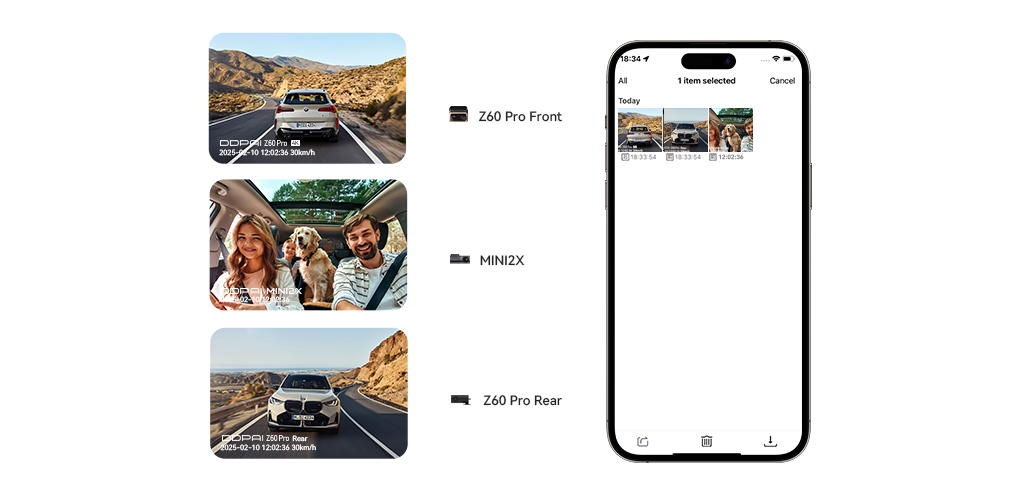
Another key advantage of πLink is its independent storage for each camera. DDPAI’s system ensures that each camera records simultaneously and stores footage separately. This enhances security, prevents file corruption, and allows for faster access to specific recordings when needed. The cameras won’t affect each other, ensuring that if one camera encounters an issue, the others continue recording without disruption.
Who Benefits the Most from a 3-Channel Dash Cam?
Multi-angle discreet dash cam systems aren’t just for professional drivers—they offer enhanced security and peace of mind for a wide range of users. Whether you’re a rideshare driver, a fleet operator, or a daily commuter, having front, rear, and interior coverage provides crucial protection on the road.
Rideshare & Taxi Drivers (Uber, Lyft, etc.)
When it comes to dash cam for rideshare and taxi drivers, interior recording is essential for safety and liability. 3-way dash cam setup captures everything happening inside the vehicle, providing valuable evidence in case of passenger disputes, false claims, or security incidents. The front and rear cameras also help document accidents and unexpected events on the road.
Everyday Drivers & Families
For personal vehicles, a 3-channel dash cam provides comprehensive protection. The rear camera is useful for recording accidents or rear-end collisions, while the interior camera can monitor children, pets, or valuables inside the car. Whether you’re commuting daily or going on road trips, having a complete recording of all angles ensures you’re always covered.
Fleet & Commercial Vehicle Owners
Fleet managers and business owners can benefit from full-coverage dash cams to monitor their vehicles and drivers. A 3-way camera setup helps protect against fraudulent claims, ensures driver accountability, and enhances overall fleet security.
Small businesses can also use this system as a cost-effective solution to keep an eye on their vehicles without investing in complex surveillance setups. For example, truck drivers can take advantage of three-way recording for extra visibility and accident protection.
Considerations When Using 3-Channel Dash Cams
While a 3-channel dash cam offers comprehensive coverage, there are a few factors to keep in mind to ensure the best experience.
Storage Requirements
Recording three video feeds simultaneously requires more storage compared to single or dual-channel dash cams. In addition to the additional camera angles, high-resolution footage, especially in 4K or 2K, can fill up memory cards quickly as well.
Choosing a dash cam with loop recording and high-capacity external storage options is essential to avoid running out of space. You can also check our dash cam SD card selection guide for more information regarding dash cam storage.
Power Consumption
Since there are more devices involved, a 3-channel dash cam typically consumes more power than standard models, especially if parking mode is enabled. If hardwired, it may draw power from the vehicle’s battery even when the engine is off.
If you are concerned about the power consumption of your 3-channel dash cam, consider DDPAI’s original intelligent hardwiring kit or an external battery pack that can help prevent battery drain. Be sure to check our dash cam and car battery drainage article for more details.
Privacy Considerations
For rideshare and commercial drivers (Uber/Lyft), interior recordings may raise privacy concerns among passengers. Some regions have regulations about recording inside a vehicle, so it’s important to be aware of local laws. Informing passengers or using a privacy-friendly recording mode can help address these concerns.
More About Dashcams Regulations and Privacy:
- Dash Cam Laws In the US by State
- Dash Cam Laws In EU Countries
- Register Your Dash Cam With Uber (For UK Drivers)
- Uber’s Official Guide on Using Dashcams
Installation & Cable Management
Installing a 3-channel dash cam requires careful positioning of three cameras and managing multiple cables. While traditional setups may require extensive wiring, DDPAI’s πLink technology simplifies this process by offering a wireless linkage between cameras, making installation easier and reducing cable clutter.
Conclusion
A 3-channel dash cam provides all-around protection by recording the front, rear, and interior of your vehicle. Whether you’re a rideshare driver, fleet owner, or an everyday commuter, this setup enhances security, provides crucial evidence in case of incidents, and ensures peace of mind on the road.
While storage, power consumption, and installation are important considerations, advanced solutions like DDPAI’s πLink technology make multi-camera setups more convenient and reliable. Investing in a high-quality 3-channel dash cam like the Z60 Pro, is a smart choice for those seeking comprehensive coverage and enhanced driving security. Check out DDPAI’s dash cam lineup and get yours today!
FAQ
1. Does a 3-channel dash cam drain my car battery?
A 3-channel dash cam consumes more power than single or dual-channel models, especially when using parking mode. However, features like intelligent hardwiring kits, supercapacitors, and external battery packs can help prevent the dash cam from draining the car battery.
2. How much storage do I need for a 3-channel dash cam?
Since three cameras record simultaneously, 3-channel dash cams require more storage. A 128GB microSD card is recommended for regular use, while 256GB or higher is ideal for extended recording. For more information regarding SD card selection, read our dash cam SD card guide.
3. What’s the best placement for the interior camera?
The interior camera is typically mounted on the windshield, facing the cabin. For rideshare drivers, positioning it slightly downward ensures clear footage of passengers while minimizing glare from windows.
4. Can I install a 3-channel dash cam myself?
Yes, most 3-channel dash cams can be installed using a cigarette lighter adapter or USB port. For a cleaner setup and continuous power, hardwiring is recommended, and you can check our dash cam installation guide for full instructions. DDPAI’s πLink technology simplifies installation by reducing cable clutter.
5. Are 3-channel dash cams legal?
Dash cam regulations vary by country and region. While front and rear cameras are generally allowed, interior cameras may require consent from passengers, especially for rideshare drivers. Always check local privacy laws before installing a dash cam.
